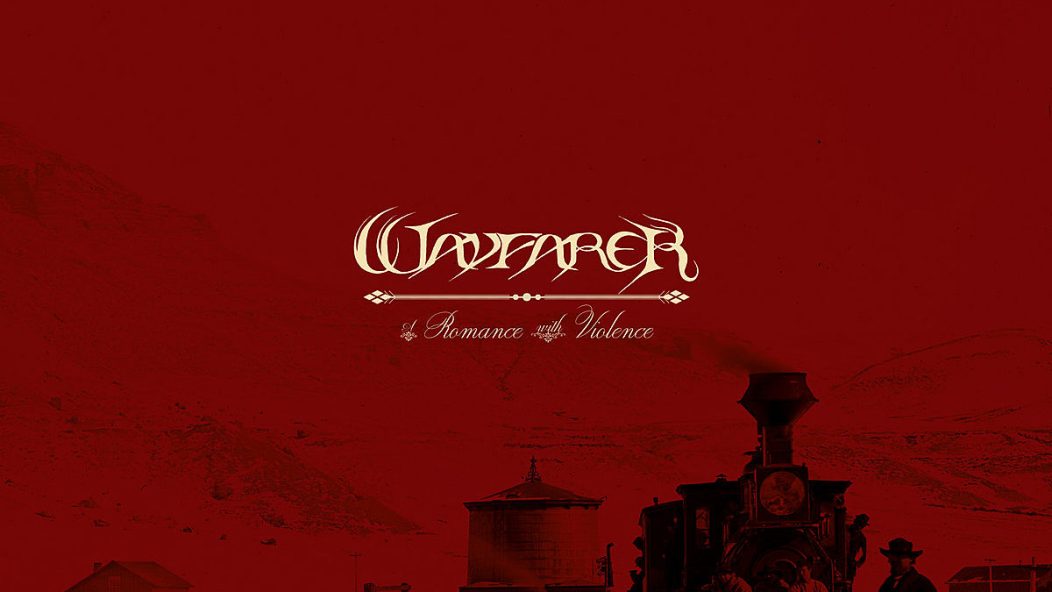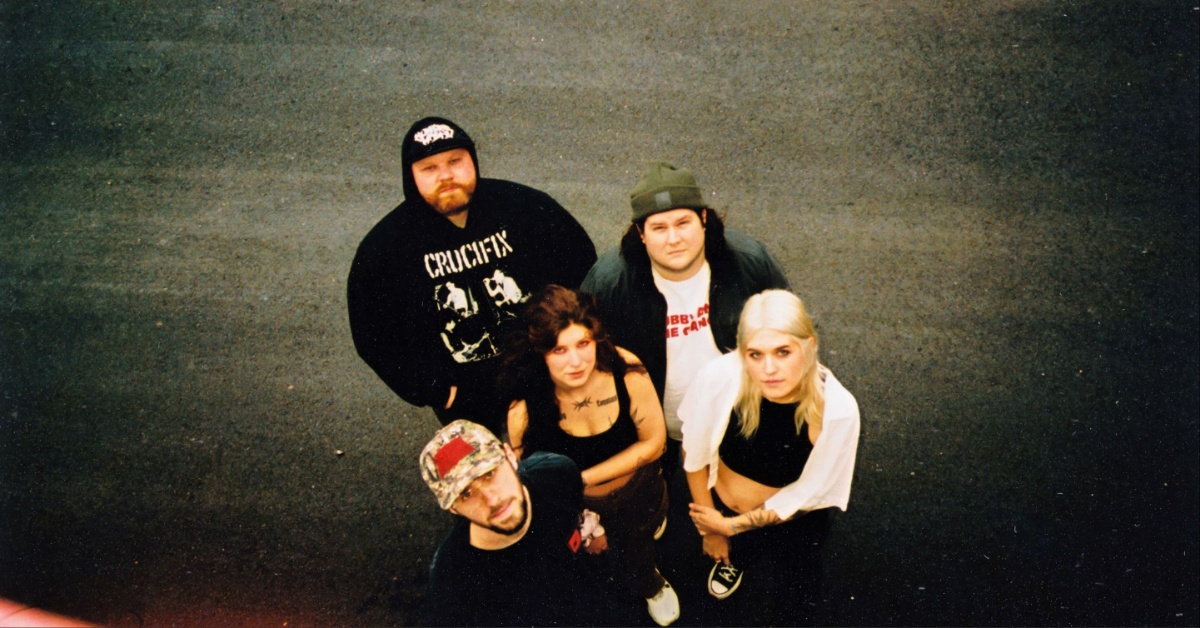
Piercing the Veil #4: Wayfarer Strides Into the Old West
Imagine facing Clint Eastwood’s The Man With No Name, his tattered poncho blowing in the dust, his hand steady at his hip, threatening to jolt his revolver out of its holster. Sweat tumbles down your spine’s sensitive nooks as the sun reaches its apex. Denver, Colorado’s Wayfarer is that combination of adrenaline, iconography, and setting.
For an easy classification, Wayfarer are a black metal, folk, and Western hybrid group. However, they elude definition by being a melting pot instead of a mosaic. There are obvious fragments of their influences present: black metal tremolos and nods to the Denver branch of Western, but they’re only echoes. Wayfarer evokes Colorado’s vast landscape through spacious passages. Guitarist and vocalist Shane McCarthy divulges their first two albums were building blocks towards a fully realized image, and McCarthy believes that 2018’s World’s Blood is where Wayfarer solidified their identity. Many of the direct black metal lifts were replaced with heft and grit. “That was the point where we figured out we wanted it to be this Colorado/American West thing because that’s who we are and we can do that with great interest and do it genuinely,” says McCarthy. Their integrity comes from a lifelong fascination with the cowboy mythos and Colorado’s nascent wanderlust of plains and mountains. Bassist Jamie Hansen and drummer Isaac Faulk use their history degrees to ensure Wayfarer’s scope is rooted in history as much as aesthetics. Even more of Wayfarer’s obvious reference points were stripped away on their 2020 follow-up A Romance with Violence. Here, they carried the spirits of black metal and Western music rather than outright playing either, with a pronounced love of Ennio Morricone evident in the record’s harrowing introductory track.
…
…
Every aspect of Wayfarer’s craft feeds into itself like a ouroboros-cum-Rube Goldberg machine, so much so that it’s hard to isolate the overt Western elements. There’s no twang nor hoedowns, little in the way of mandolins, and nary a sleighbell. Their restraint beckons their proximity to the Denver Sound, while the style drums up Western music’s oftentimes buried gloom and typifies the gothic appeal found in William Faulkner and Cormac McCarthy. Groups like Sixteen Horsepower and Wovenhand conjure the shadow of the lone cowboy, head hanging on top of his horse, measuring the weight of life by the grains of sand in his boots. Wayfarer evoke that same approach, injecting it with metal’s intensity and the American West’s brutal history.
Metal is so to-the-bone and direct. We’ve always been drawn to that because it’s so unbridled in its expression. Metal is good at exploring the brutality of life in the West and some of the more majestic things because it can be so grand and powerful and intense and everywhere in between.
However, heavy metal’s grandiosity doesn’t necessarily dictate a stratified sound. McCarthy’s intention is a fully fleshed out depiction of the American West, to which end the band foregoes segmented structures; they favour cohesiveness over blast beats that hustle into a country segue for the excitement of change. “The spirit of the music should be imbued in all the metal riffs and all the clean parts and the composition as a whole,” notes McCarthy. “It should be in the forefront at all times. The goal is to create an atmosphere and a feeling.” Thus Wayfarer are morose, whether galloping or kicking up dirt under a saloon’s shadow, like studying a vista marked by streams and distant mountains and dirt and realizing there’s no place for a man in all that unmarked territory. The vastness of the American West is as integral to the mythology as are gunfights and tumbleweeds. “The intersection of the mountains and plains is a specific type of place with a specific type of feeling. It’s deeply ingrained. For Wayfarer, the exploration of the American West in both history and aesthetic is rooted in that,” McCarthy says.
…
…
Folk metal is technically a more accurate tag for Wayfarer than black metal due to their hearty folk influence, but their folk is Americana-indebted. Due to America’s relatively shorter history, its folk heroes were real people with real rap sheets. Wayfarer reflect on such on “Vaudeville” with the lyric “Our heroes are all killers.” Perhaps that’s also why Wayfarer don’t indulge in country music’s more celebratory characteristics. McCarthy says it’s hard not to be enamoured with cowboys when you grow up surrounded by the iconography, but Wayfarer draw the curtain back on this bloody heritage.
“The stars of any of these folk legends, all the way to modern stories are always the people who commit savage acts,” says McCarthy. “It’s strange to look at it so heroically, but when you read what they actually did on a daily basis you realize how brutal it is. It’s something to question instead of taking it at face value while also being able to enjoy it as an aesthetic and story.” This mindset has transmuted well especially on their last two albums, which covered the Western expansion’s genocidal history and the glorification of the Western genre.
Plenty of albums have explored real world violence. Fewer have explored how we interact with our mythology’s perceived heroics, where brutality and honour are often correlated. That was Wayfarer’s mission on A Romance with Violence. “(It’s) more about the Western than it is about the West. It’s about how it’s been mythologized and built up and how it’s perceived everywhere because of the films. It’s more about that than it is about actual history.” They looked to films like Once Upon a Time in the West—itself about the Western genre’s cauterization – and reflected upon the death of the Old West through expanding railroads and the frontier being further settled.
Being pioneers of a sort themselves, there’s no band Wayfarer can look to for guidance because there’s no band like Wayfarer. Their refined synthesis of desperation, reverence, and deconstruction through niche musical hallmarks marks yet uncharted territory. They have their own manifest destiny, paved with the recognition that veneration must be accompanied by skepticism.
…
A Romance with Violence released October 16th, 2020 via Profound Lore Records.










